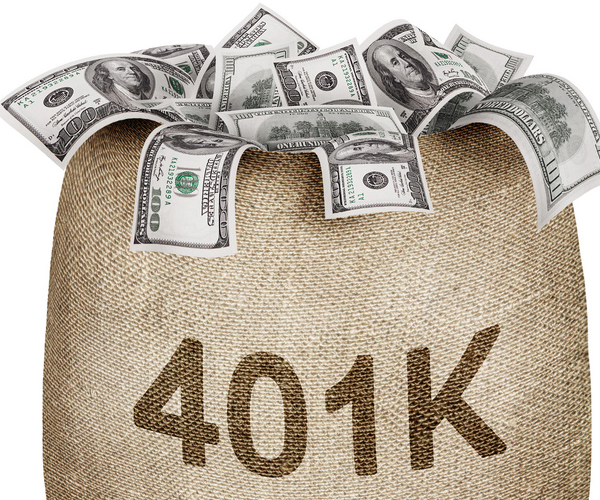Companies should consider switching to auto-enrollment in retirement plans, because inertia keeps too many from signing up.
Since the Industrial Revolution, pursuing automation has been a worthwhile endeavor. The microprocessor has accelerated automation to the point that doing things like keeping a Rolodex or paper calendar seem quaint.
Automation and microprocessors have had a profound impact on people’s ability to plan and invest for their retirement, too. If you Google “online retirement calculator,” you find a plethora of websites devoted to helping people figure out how much they need to save for retirement. Technology doesn’t just help figure out the right amount, either; technology is beginning to determine what assets to buy and when to purchase them.
However, despite all this progress, people in the U.S. continue to woefully under-save for near-term expenditures, let alone their retirement. According to a recent survey by the Economic Policy Institute, 45% of work-age Americans do not have any retirement savings. As the old saying goes, "You can lead a horse to water, but you can’t make it drink."
Our human brains are great at reacting to immediate threats but terrible at evaluating long-term risk. The risk of not having enough to live on once you stop working is one of our greatest long-term risks. The reason that most people don’t start saving for retirement has little to do with their income or age but rather the inertia of signing up for their employer-sponsored retirement plan. Behavioral finance dictates humans like to do the default. In other words, people will not participate in their 401(k) if that is the default. Alternatively, employees will participate in their 401(k) if that is the default. Unfortunately, most employer retirement plans still require participants to recognize their need to save for retirement, overcome inertia, overcome the default and sign up to participate.
A client I recently worked with had a large hourly paid workforce. The 401(k) participation rate hovered around 30% (which is actually high for that industry) for about a decade. The employer did all the right things -- matched contributions, had education meetings and made an adviser available to speak with employees about the importance of saving and how to use the 401(k) plan. Nevertheless, more than two-thirds of employees would not overcome inertia and participate in the plan. The mere act of filling out a piece of paper to help them save for a long-term risk was too great.
After we banged our collective heads against the wall, the employer decided to switch its 401(k) plan over to automatic enrollment at 3% of wages, with an annual increase of one percentage point, to a maximum of 5%. We all held our breath to see how many people would call human resources and ask to be taken out of the plan. But something surprising happened. HR’s phone didn’t ring. Eventually, a few employees did realize that money was coming out of their paychecks and opted out. However, today, the participation rate is 98% and has been for more than a year.
There is already talk among lawmakers about instituting a national mandatory IRA, and some states are looking into similar programs. It’s not outside the realm of possibility to see something like an automatic retirement savings program pushed through the halls of Congress within our lifetime. Until then, I encourage you to look into the merits of implementing an auto-enrollment feature on your retirement plan.


